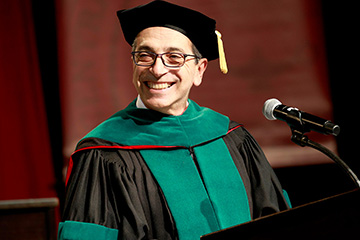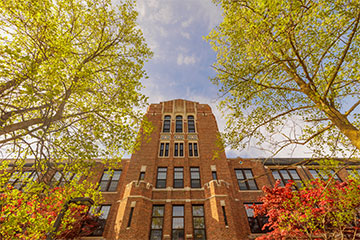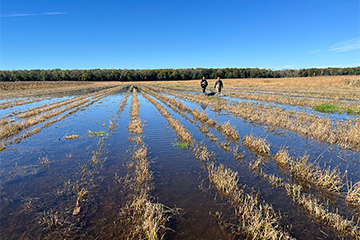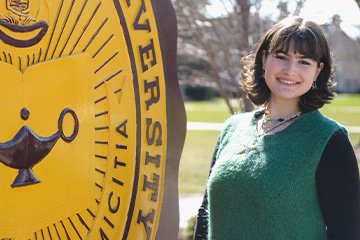Cracking the code to glass transitions
Ever wonder why your car tires grip the road differently in summer and winter? The answer lies in glass transition, a phenomenon that Central Michigan University Mathematics Ph.D. student Koksal Karakus is unraveling through his research. Karakus focuses on how the density of glass at different temperatures affects its transition into a liquid, and he is thrilled to have recently published his research in the journal Soft Matter.
Working with CMU professor and mentor, Leela Rakesh, Ph.D., and collaborating with Michigan State University researchers, Karakus used data sets to model glass transition as a differential equation, developing a small-scale theory to better understand the process. “Glass isn’t just for windows and smartphones,” Karakus explained. “In food science, preventing liquids from transitioning into a glassy state is crucial for preservation. In medicine, vaccines need to be stored at low temperatures to maintain their original properties and effectiveness, understanding glass transitions can help with that.”
His current study focuses on stable glasses, a material developed in the late 2000s that has unique properties making it stronger and more resistant to the effects of heat than other glasses. By modeling and solving differential equations that describe how stable glass melts, his work could help improve the durability of materials used in everyday products, such as more resilient smartphone screens.
Originally from Turkey, Karakus admits adjusting to the fast-paced nature of research in the US was challenging, but he credits CMU for providing the support and opportunities needed for his success. In fact, he was a finalist in the Three-Minute Thesis competition sponsored by the CMU Office of Research and Graduate Studies in March, an event that helps students develop presentation skills. Looking ahead, Karakus hopes to continue his work as a research-focused mathematics professor. “I’m on the job market,” he joked. “If anyone’s hiring, let me know.”




